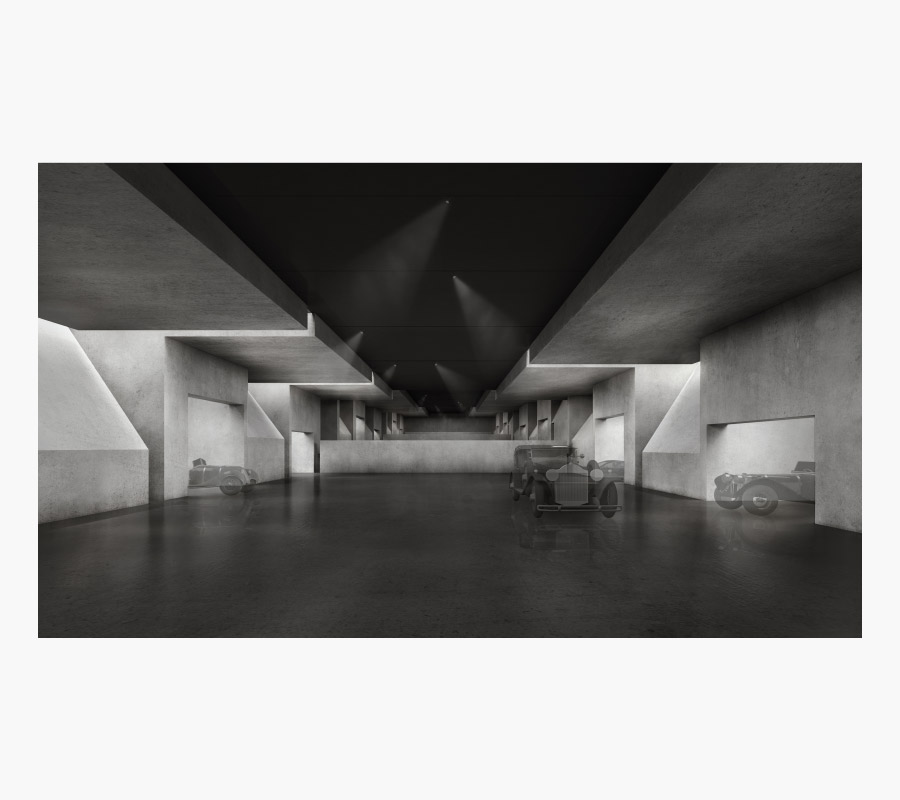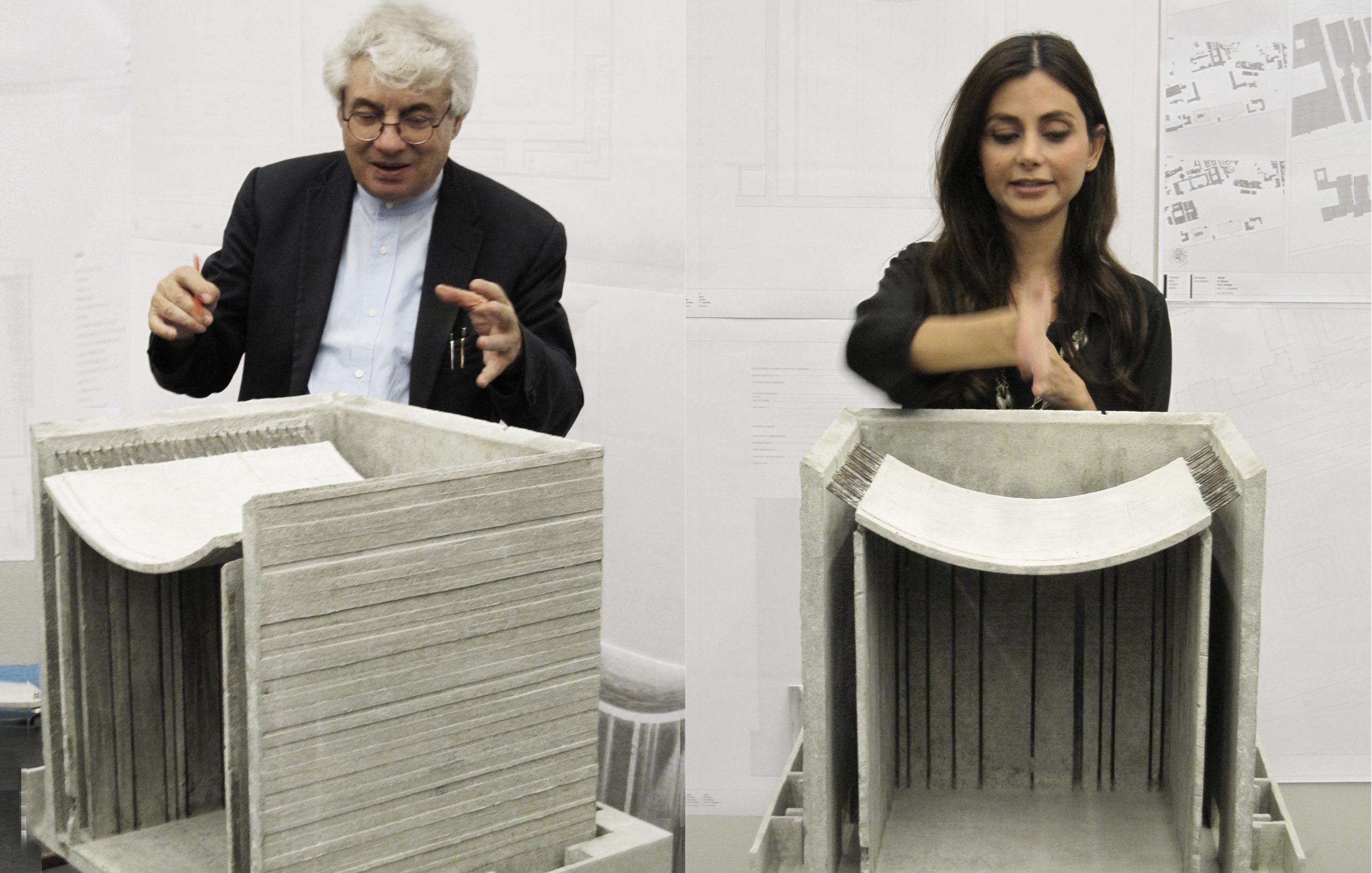Estimated reading time: 4 min
Sitting Down With Arta
We were thrilled to be joined recently by the woman behind RMJM Arta Tehran and RMJM Arta Zurich, the charismatic Arta Rostami Ravari. Her diverse background encompasses Civil Engineering, Architecture and Economics. Arta’s experience spans across a range of sectors including public and government, residential and high-end luxury residential projects and museums. Her designs always have a creative flair and are reflective of her artistic design process. Although she has been very busy working for the Cultural Institute of Bonyad Museum as an architectural consultant for the Iran Historical Car Museum, she found the time to sit with us and look back over her architectural career. We are pleased to share her story, in her own words, with you.
Who has been your greatest inspiration in life and in design?
A: I’m mostly inspired by works of art. These can be architecture, painting, poetry, a book, a film or music. Basically, all beautiful things affect my work and life. Some of these works change constantly in my mind over the years. Sometimes they are removed and replaced and sometimes their priority changes, yet a few of them always maintain their position.
What has been your most memorable project to work on?
A: Probably one of the projects I did during my architecture study in Mendrisio. The last and most memorable was my diploma project, from which I still have a heavy concrete mockup. It was a holy space of worship located in Lisbon, Portugal, near the river. The projects that I later did, once I was fully qualified, always had limitations or restrictions that I was free of for my student projects. It seems that bureaucracy can hinder creativity.
That said, the recent Iran Historical Car Museum designs were (despite all the restrictions and ups and downs) a very enjoyable and satisfying project for me and the team. We succeeded in studying every detail and every single space of the project by constructing and studying several mockups and models.
What is the most significant change you’ve witnessed in the industry since you became an architect?
A: I am not sure I am old enough to say that I’ve witnessed significant change. Historically, someone of my age was just at the beginning of their career and had experienced professional challenges that we are unaware of today. I suppose we sacrificed quality for the speed that the digital age has made us come to expect. One such aspect is the quality of both our individual and social living spaces. I witnessed expectations of speed and delivery hinder the quality of our lives. Perhaps the quarantine situation we are facing will remind us what we are sacrificing.
What sort of projects do you most enjoy working on?
A: If it were possible, I would rather prefer to do projects for no functional purpose. From a realistic point of view, I would say projects with a religious or cultural purpose. I also enjoy working on residential projects and finding ways to improve people’s quality of life through their home.
What is the greatest challenge that architects are facing at the moment?
A: The biggest challenge of today’s architects is the competition with the computer (which defeated them some time ago). Ideas, art and technique have little meaning anymore. Architects are at the service of technology. Computers create images and shapes through the architect (not vice versa) and architects do not have control over those spaces and dimensions, nor on what will be constructed by industrial machines in contradiction with its early images. Even physical models are made by 3D printers or laser cut! The purpose of making the mockup is completely forgotten. Mockups are merely a show, a presentation. Meanwhile, recorded images of buildings by digital cameras, which have already been processed by the same computers and have little to do with reality, reap honorary awards from judges and architectural magazines.
Projects are quickly designed by computers and then built just as quickly for clients who have no patience at all. The quantity of time is preferred to the quality of architectural spaces. The result is determined by comparing the old spaces of cities with contemporary spaces. Aside from the visual difference, the quality and health of social and individual life in today’s architecture reveals this difference.
What hobbies influence your work as an architect?
A: I love to paint and I think painting teaches me many things that enlighten me not only in architecture but also in life. Waiting and letting the colour move and shape until things show themselves on the canvas. Then I discover the spaces in between one by one, and this is what should happen in architecture as well.
What is the best piece of advice you ever received?
A: A quote from Heraclitus: “Much learning does not teach understanding.” In simpler terms, learning can threaten to suffocate creativity.
What are you looking forward to in the next year?
A: I’ll wait to see what surprises the next year brings!



